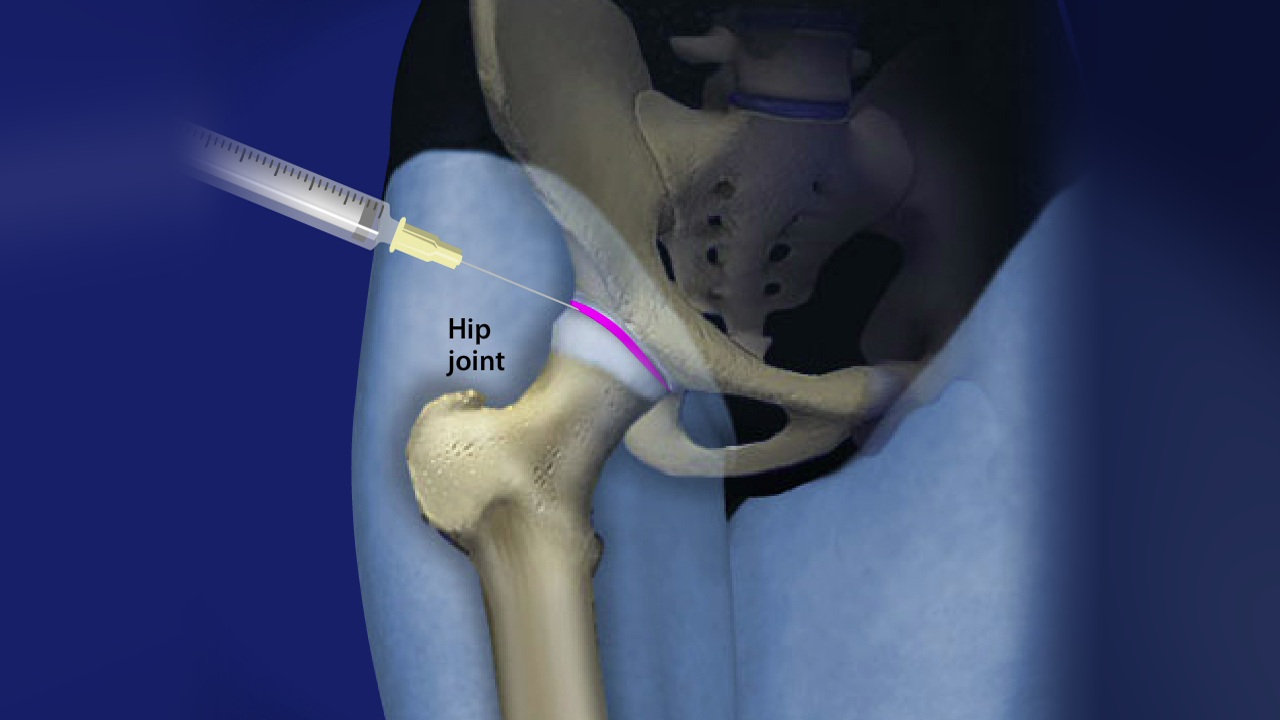What is Durolane injection

Instead of painkillers and endless physiotherapy, orthopaedic surgeons now recommend that patients undergo intra-articular injections of a synovial fluid substitute. The preparations permanently eliminate pain and discomfort and restore the physiological viscosity of the fluid. Many people have long been in no doubt about the effectiveness of this method. The question is: which of the many endoprostheses to choose? Many specialists recommend the use of Durolane. What is Durolane injection?
Unlike many other liquid hyaluronic acid-based prostheses, Durolane is based on hyaluronic acid of non-animal origin with the highest degree of purity. Due to its synthetic nature, it does not cause rejection reactions or allergies and lasts longer than classic gels with sodium hyaluronate. The English manufacturer uses the patented NASHA process of hyaluronic acid stabilisation. This process produces molecules with strong bonds which take quite a long time to dissolve. This explains the long-lasting effect – 6-12 months – that cannot be achieved with other endoprostheses of similarly low molecular weight.
The drug is used for the symptomatic treatment of mild to moderate osteoarthritis of the knee or hip. Thanks to the product you can forget about joint pain and live a full active life. The effectiveness of Durolane has been proved by decades of successful use all over the world and by positive patient references.
Indications
- Asymptomatic treatment of mild to moderate osteoarthritis of the knee or hip.
- Treatment of osteoarthritis ranges from prescription of complex exercises to drug treatment or surgery.
- Mild to moderate osteoarthritis of the knee or hip.
Synovial fluid in joints affected by osteoarthritis is known to have lower viscosity and elasticity than synovial fluid in healthy joints. Injection of hyaluronic acid into the joint to restore viscosity and elasticity can reduce pain and restore mobility in the joint.
How to take, course of treatment and dosage
Recommended dosage: 3 ml (one syringe) per knee or hip joint. A single injection is required per course of treatment. Intra-articular injection into the hip joint should be performed under radiological control (preferably using a radiopaque contrast agent) or under ultrasound monitoring to ensure correct positioning of the needle in the joint cavity. The use of local anaesthetics is recommended during needle insertion. Injection into the hip joint should be carried out by a doctor experienced in this kind of injection.
Side effects
In the treatment of osteoarthritis of the knee joint: transient pain, swelling, limitation of movements in the knee area. Significance of side-effects: mild to moderate, with an average duration of one week. In the treatment of osteoarthritis of the hip: aggravation of pre-existing pain syndrome, restriction of movement in the hip joint for up to 12 days. Only a small number of patients require pain medication.